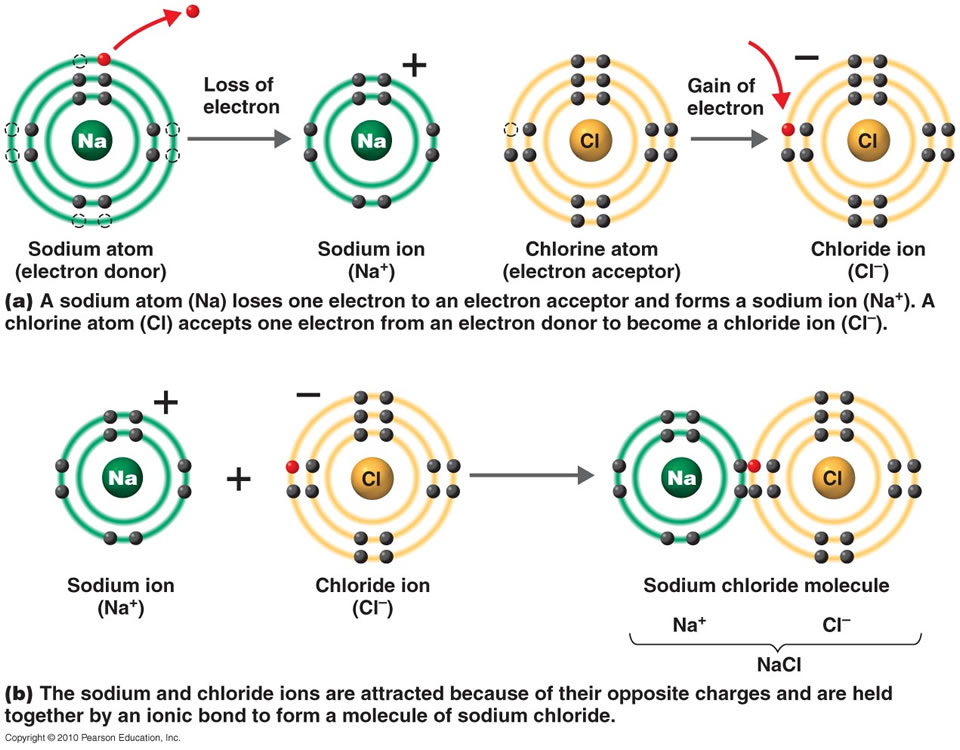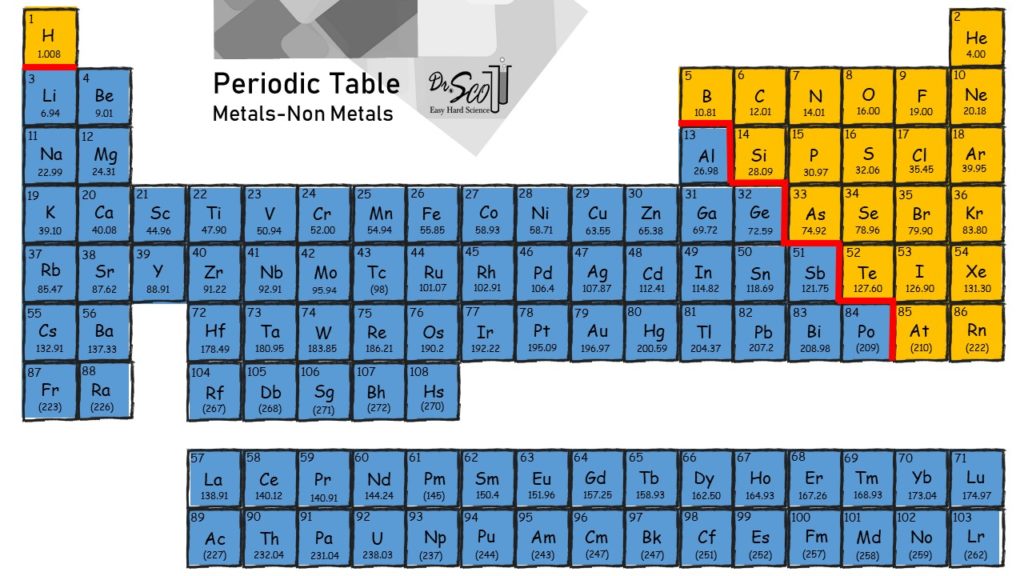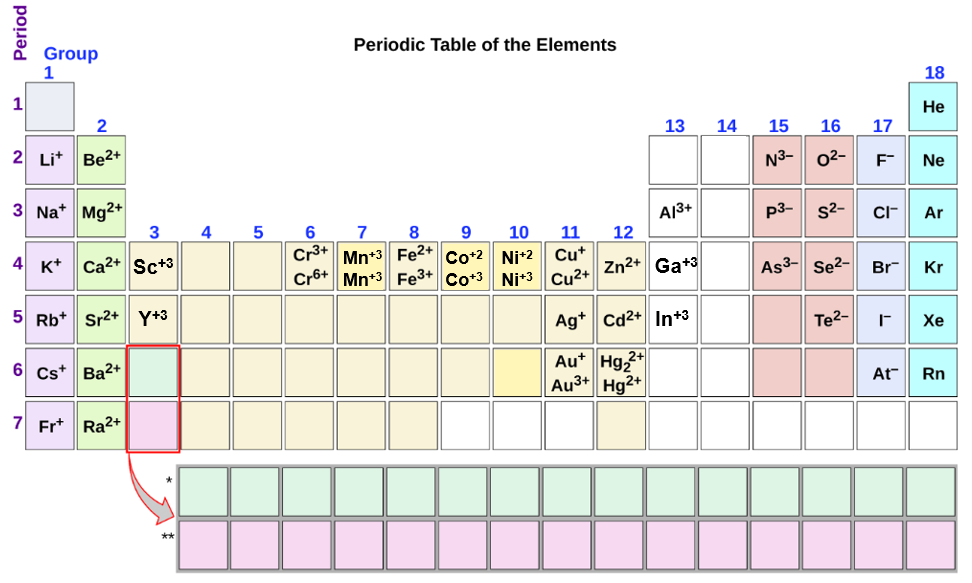What Type Of Elements Form Ionic Bonds With Metals
What Type Of Elements Form Ionic Bonds With Metals - The chemical bond that is formed between 2 2 atoms through the transfer of one or more electrons from the electropositive or metallic element. Predict what other elements might form ionic bonds. Web ionic bonds are one of the two main types of chemical bonds. It is a type of chemical bond that generates two oppositely charged ions. Web ionic bonds usually occur between metal and nonmetal ions. For example, sodium (na), a metal, and chloride (cl), a nonmetal, form an ionic bond to make nacl. Ionic bonding is a type of chemical bond in which valence electrons are lost from one atom and gained by another. They form as a result of electrostatic attraction between oppositely charged ions and usually occur. Web stephen lower simon fraser university learning objectives explain the fundamental difference between the bonding in metallic solids compared to that in other. Boiling and melting point 4.
Web ionic bonds are one of the two main types of chemical bonds. These are electronegative elements with high ionization energies. The alkali halides (nacl, lif, etc.). Web stephen lower simon fraser university learning objectives explain the fundamental difference between the bonding in metallic solids compared to that in other. For example, sodium (na), a metal, and chloride (cl), a nonmetal, form an ionic bond to make nacl. Metals on the left and in the center of the periodic table form ionic bonds with nonmetals on the right of the. It is a type of chemical bond that generates two oppositely charged ions. An atom of sodium will lose an electron and form a positive ion. This exchange results in a more stable, noble gas. Web ionic bonds form when two or more ions come together and are held together by charge differences.
Web metals and nonmetals are involved in ionic bonding, but it specifically refers to two elements that are oppositely charged being bonded to eachother. Web the three ions would adhere (bond) to each other by the positive/negative attraction between the ions. Predict what other elements might form ionic bonds. Web forming an ionic bond. Web ionic bonding is the complete transfer of valence electron (s) between atoms. This exchange results in a more stable, noble gas. Metals on the left and in the center of the periodic table form ionic bonds with nonmetals on the right of the. The chemical bond that is formed between 2 2 atoms through the transfer of one or more electrons from the electropositive or metallic element. An atom of sodium will lose an electron and form a positive ion. Web ionic bonds are one of the two main types of chemical bonds.
Ionic Bond Definition, Types, Properties & Examples
Ionic bonding is a type of chemical bond in which valence electrons are lost from one atom and gained by another. An atom of sodium will lose an electron and form a positive ion. These are electronegative elements with high ionization energies. For example, sodium (na), a metal, and chloride (cl), a nonmetal, form an ionic bond to make nacl..
Ionic Bond Definition, Types, Properties & Examples
Boiling and melting point 4. Ionic bonding is a type of chemical bond in which valence electrons are lost from one atom and gained by another. Metals on the left and in the center of the periodic table form ionic bonds with nonmetals on the right of the. It is a type of chemical bond that generates two oppositely charged.
savvychemist Ionic Bonding (2) Dot and cross diagrams/Lewis structures
Web stephen lower simon fraser university learning objectives explain the fundamental difference between the bonding in metallic solids compared to that in other. Web forming an ionic bond. Web ionic bonds form when two or more ions come together and are held together by charge differences. An atom of sodium will lose an electron and form a positive ion. It.
Ionic Properties
They form as a result of electrostatic attraction between oppositely charged ions and usually occur. Electrical conductivity how are ionic bonds formed? Web stephen lower simon fraser university learning objectives explain the fundamental difference between the bonding in metallic solids compared to that in other. The chemical bond that is formed between 2 2 atoms through the transfer of one.
Chemical Structure Chemical Bonding. Ionic, Metallic & Coordinate Bo…
Web forming an ionic bond. Web ionic bonding is the complete transfer of valence electron (s) between atoms. For example, sodium (na), a metal, and chloride (cl), a nonmetal, form an ionic bond to make nacl. The chemical bond that is formed between 2 2 atoms through the transfer of one or more electrons from the electropositive or metallic element..
Ionic Bond Definition Easy Hard Science
An atom of sodium will lose an electron and form a positive ion. Web metals and nonmetals are involved in ionic bonding, but it specifically refers to two elements that are oppositely charged being bonded to eachother. The alkali halides (nacl, lif, etc.). These are electronegative elements with high ionization energies. Web forming an ionic bond.
2.6 Ionic Compounds and Formulas Chemistry LibreTexts
Web the three ions would adhere (bond) to each other by the positive/negative attraction between the ions. Web stephen lower simon fraser university learning objectives explain the fundamental difference between the bonding in metallic solids compared to that in other. So how do you know what kind of bond an atom will make? Web ionic bonding is the complete transfer.
How Does An Ionic Bond Form Between Sodium And Chlorine slideshare
These are electronegative elements with high ionization energies. An atom of sodium will lose an electron and form a positive ion. Web the three ions would adhere (bond) to each other by the positive/negative attraction between the ions. The chemical bond that is formed between 2 2 atoms through the transfer of one or more electrons from the electropositive or.
Periodic Table Ions List Periodic Table Timeline
An atom of sodium will lose an electron and form a positive ion. Electrical conductivity how are ionic bonds formed? Web ionic bonds form when two or more ions come together and are held together by charge differences. For example, sodium (na), a metal, and chloride (cl), a nonmetal, form an ionic bond to make nacl. It is a type.
Naming Simple Ionic Compounds Pathways to Chemistry
Web forming an ionic bond. Web ionic bonds form when two or more ions come together and are held together by charge differences. Ionic bonding is a type of chemical bond in which valence electrons are lost from one atom and gained by another. The chemical bond that is formed between 2 2 atoms through the transfer of one or.
The Alkali Halides (Nacl, Lif, Etc.).
Boiling and melting point 4. Web ionic bonding is the complete transfer of valence electron (s) between atoms. For example, sodium (na), a metal, and chloride (cl), a nonmetal, form an ionic bond to make nacl. The chemical bond that is formed between 2 2 atoms through the transfer of one or more electrons from the electropositive or metallic element.
Web Ionic Bonds Usually Occur Between Metal And Nonmetal Ions.
Electrical conductivity how are ionic bonds formed? Web ionic bonds form when two or more ions come together and are held together by charge differences. An atom of sodium will lose an electron and form a positive ion. It is a type of chemical bond that generates two oppositely charged ions.
This Exchange Results In A More Stable, Noble Gas.
Ionic bonding is a type of chemical bond in which valence electrons are lost from one atom and gained by another. Web stephen lower simon fraser university learning objectives explain the fundamental difference between the bonding in metallic solids compared to that in other. Web metals and nonmetals are involved in ionic bonding, but it specifically refers to two elements that are oppositely charged being bonded to eachother. Metals on the left and in the center of the periodic table form ionic bonds with nonmetals on the right of the.
Web The Three Ions Would Adhere (Bond) To Each Other By The Positive/Negative Attraction Between The Ions.
Web forming an ionic bond. Web ionic bonding occurs in compounds composed of strongly electropositive elements (metals) and strongly electronegative elements (nonmetals). Web ionic bonds are one of the two main types of chemical bonds. These are electronegative elements with high ionization energies.







.PNG)

